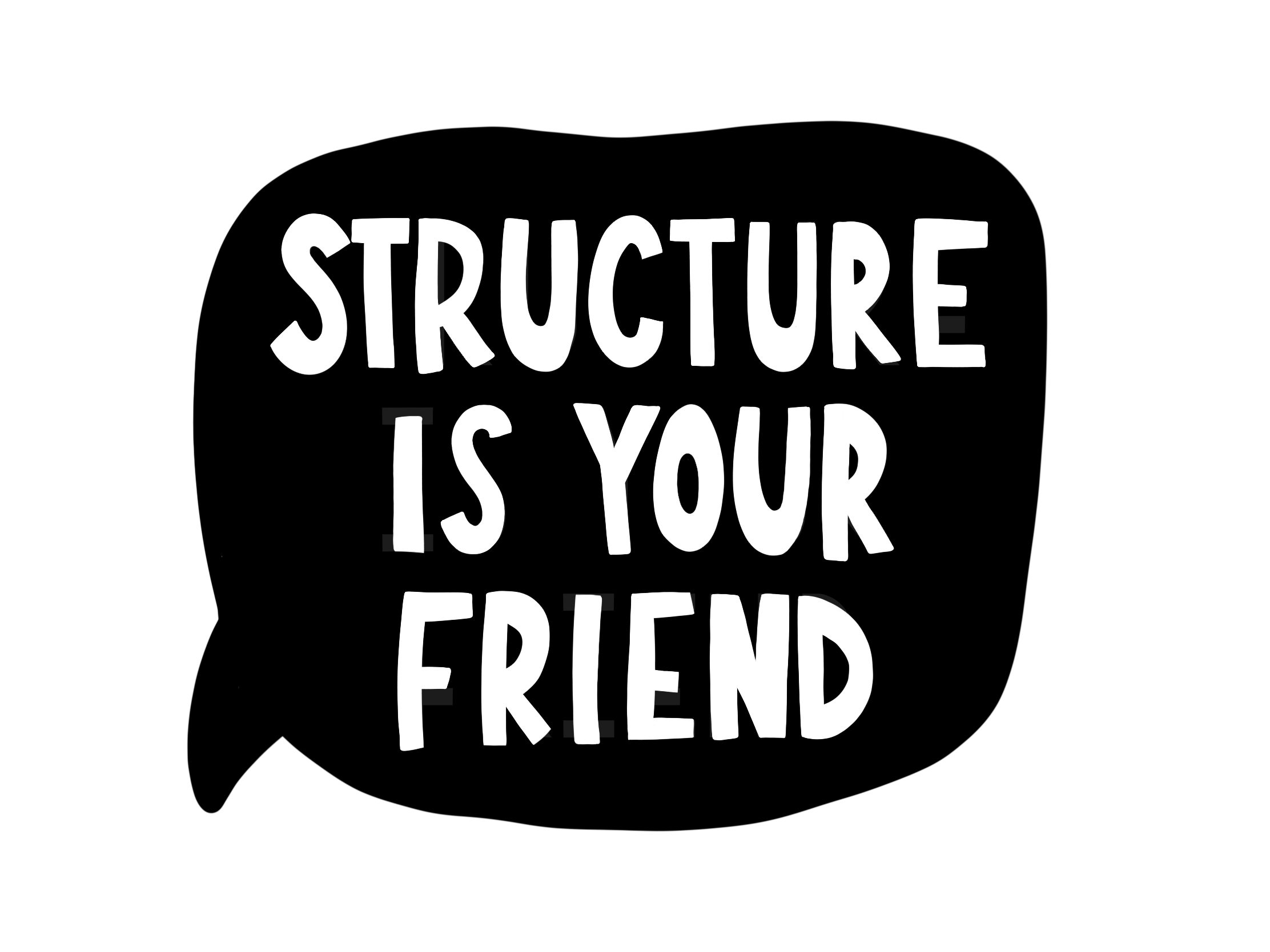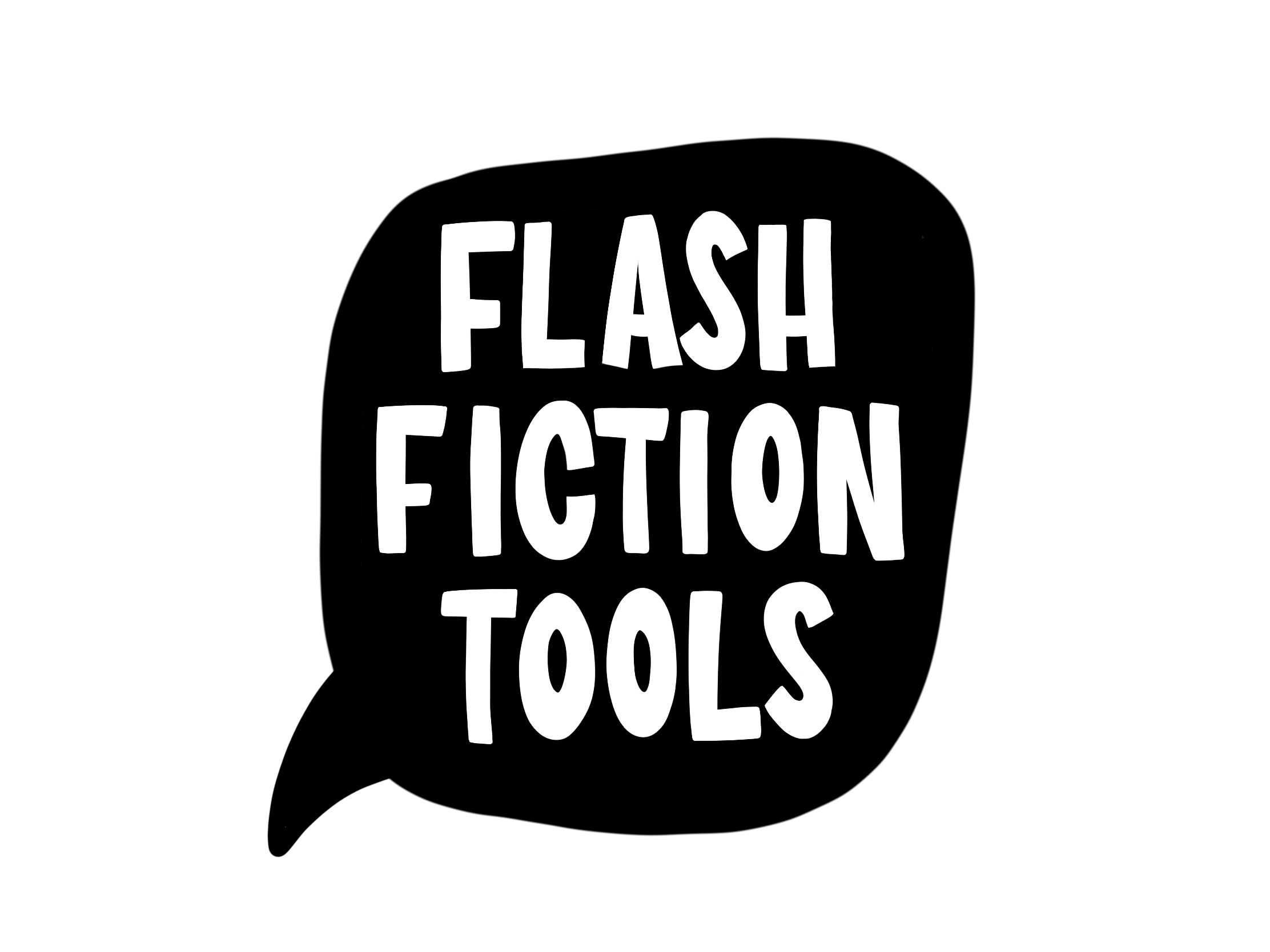We all know that the success of a story hangs on the successful suspension of disbelief of the reader.
This term, coined by the poet and philosopher Samuel Taylor Coleridge, acknowledges that, while the events being described in a work of fiction might be unlikely or implausible in the real world, the reader “suspends” their disbelief in order to engage with the story on its own terms.
This psychological process enables the reader to become immersed in the story, emotionally involved with the characters, and invested in the narrative regardless of its reality.
At the beginning, all readers are willing to suspend their disbelief. It’s why they’ve picked up your book, to escape into fiction.
So, they’re already giving you the benefit of the doubt simply by beginning to read. They’re willing to set aside critical thinking and scepticism to enjoy a good story.
After that, it’s your job to make sure you make it easy for them to keep suspending that disbelief.
For the suspension of disbelief to be effective, you must create a consistent and internally logical world within the fiction, and make the extraordinary seem believable within the context of that world.
You do this through good world-building, relatable characters, coherent motivations, and by leveraging narrative devices that evoke familiarity or plausibility.
Successfully doing this allows your readers to overlook the unreal aspects of the fiction and experience it as if it were almost real, thereby enhancing their enjoyment and engagement with your work.
So why break suspension of disbelief with lampshading?
Lampshading — also known as “hanging a lantern on it”, “hanging a clock on it”, or “spotlighting it” — is a technique employed by writers to handle elements in a story that might seem implausible or which might stretch (or even break) the audience’s suspension of disbelief.
When using lampshading, the writer acknowledges potential issues with the characters, dialogue, or narrative before the audience can raise an objection.
It’s used as a form of self-awareness within the text, where a story element is explicitly pointed out to prevent readers or viewers from questioning the story’s reality or consistency.
This tactic is akin to the writer winking at the reader and saying, “Yes, I know this is a bit far-fetched, but let’s agree to go along with it.”
The term “lampshading” is derived from the idea of hanging a lamp on something to draw attention to it, and it can serve several purposes.
It could be used for comedic effect, as pointing out the absurdity of a situation can be humorous.
It can also be used to keep the audience engaged with a story even when the narrative takes bold leaps or when established norms of the world are bent.
Lampshading can help in character development by showing a character’s self-awareness or their awareness of the oddities of their world.
It’s is a clever tool that can help the reader or viewer remain immersed in the story by directly addressing potential points of criticism.
It’s a balance between mentioning the implausible without completely breaking the fourth wall (which would happen if the author or characters directly acknowledged the presence of the audience).
How to use lampshading to good effect.
There are a lot of risks in lampshading something, the most obvious of which is that it can go horribly wrong.
Lampshading cuts both ways and will make a bad story worse or a good story better.
So, you’ll want to make sure that you’ve got a strong narrative that can handle lampshading without it being made worse for having applied it.
When you get the balance just right, it creates a feeling of “we’re all in this together” and it can deepen your reader’s immersion into the story.
One good use is when you deliberately want to break internal consistency. This is when you can use lampshading to show the reader that it was intentional, rather than a plot hole.
What to remember when lampshading:
- Maintain your narrative flow even through the lampshading. The more interruptive a lampshade is, the more noticeable it is. The best lamp shades just tug at the corner of your reader’s mouth as they move forward in the story without stopping to examine it closer.
- Use the right level of lampshading. As per the previous point, you’ll need to choose the right type and size of a lampsahde: minor vs. major, explicit vs. subtle, frequency of lampshades etc.). Look at the story and see what it requires.
- Make your characters react as your reader would. When the characters have the same reaction to something as the reader, it makes the story more believable. And remember to keep these reactions true to the characters, story and world.
- The lampshading needs to add value for your reader. The point is to get your reader to accept whatever fantastical or improbable thing you’ve put in the story, otherwise it just highlights the flaw. By anticipating your reader’s thoughts and giving plausible reasons for “Why don’t they just do this instead of that?” allows you to explain why alternate ideas won’t work and keeps the reader on the intended plot path.
- The events surrounding the lampshading still need to be earned. Don’t use the lampshading to excuse lazy writing or poorly sketched out events.
Keep the story’s style and the target audience in mind when considering if you want to use lampshading.
The frequency and placement of this technique is easy to overdo, even in stories where a winking, self-referential type of joke fits the tone.
You don’t want to undercut important or emotional moments, or limit the appeal of the humour.
Side note: don’t use lampshading to apologise for your work.
You don’t want to lampshade something just because you’re not confident in your writing.
When you use lampshading out of pure self-consciousness, it feels defensive. Like you’re trying to avoid criticism by saying, “Yes, I know it’s bad, don’t shoot me”.
In these cases, you’ll want to fix your story problem first, not just hang a lamp on it.
Once in a while, you’ll end up with a plot device that you’re not 100% happy with, but just need it there to keep the story moving. In this case, you may consider “lightening the mood” by lampshading it and showing the reader you’re aware that it’s a bit ridiculous, but have left it in anyway.
This is not the same as apologising for your work.
Is lampshading and breaking the fourth wall the same thing?
Both techniques can be used effectively to engage the audience and add layers to a story, but they serve different purposes.
While both deal with the relationship between fictional stories and their audience, they’re not exactly the same.
Breaking the fourth wall directly acknowledges the audience or the fictional nature of the work. This can be done through characters talking to the audience, referencing plot tropes, or commenting on the story’s structure.
Examples of breaking the fourth wall include Deadpool talking to the camera and addressing the audience as if they were with him, characters in a sitcom noticing a recording error, or a narrator addressing the reader directly.
Lampshading acknowledges a cliché, trope, or storytelling convention within the fictional world. This is often done in a humorous or ironic way, but the characters remain unaware of the audience.
This can be a character calling someone else’s obviously cheesy plan “cheesy,” discussing how convenient a plot point is, or mentioning how something “feels like it’s out of a movie” or saying “if this was a movie”.
Key differences are:
- Target: breaking the fourth wall directly addresses the audience, while lampshading comments on the story itself.
- Character awareness: In breaking the fourth wall, characters are aware they’re in a story and are fictional, while in lampshading, they remain unaware of the audience and of their own fictitiousness.
- Effect: Breaking the fourth wall can be disruptive or humorous, while lampshading can be used for humor, self-awareness, or to highlight tropes.
Imagine a play. Breaking the fourth wall would be an actor stepping out of character and talking directly to the audience (think audience participation plays or simply speaking to the audience).
Lampshading would be them commenting on the play’s plot devices or acting choices while staying in character.
Sir Toby Belch: Is it possible?
— Shakespeare, Twelfth Night, Act 3, Scene IV
Fabian: If this were played upon a stage now, I could condemn it as an improbable fiction.
Want to get more out of reading books?

Grab this FREE guide on how to start a reading journal, complete with review templates, reading trackers and bingo sheets.
Understand yourself better as a reader, engage more with the books you read & make space for creative self-expression. Get it now!





